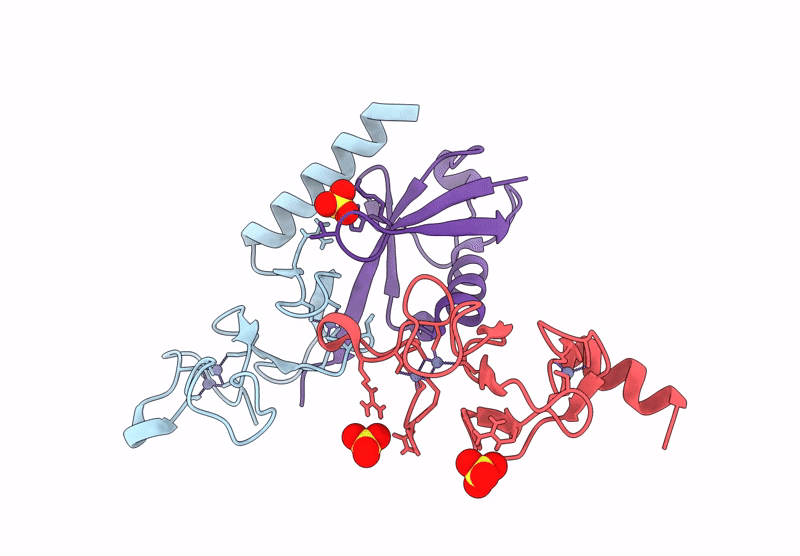
Deposition Date
2024-11-21
Release Date
2024-12-11
Last Version Date
2025-04-16
Method Details:
Experimental Method:
Resolution:
2.00 Å
R-Value Free:
0.20
R-Value Work:
0.17
R-Value Observed:
0.18
Space Group:
I 41 2 2


